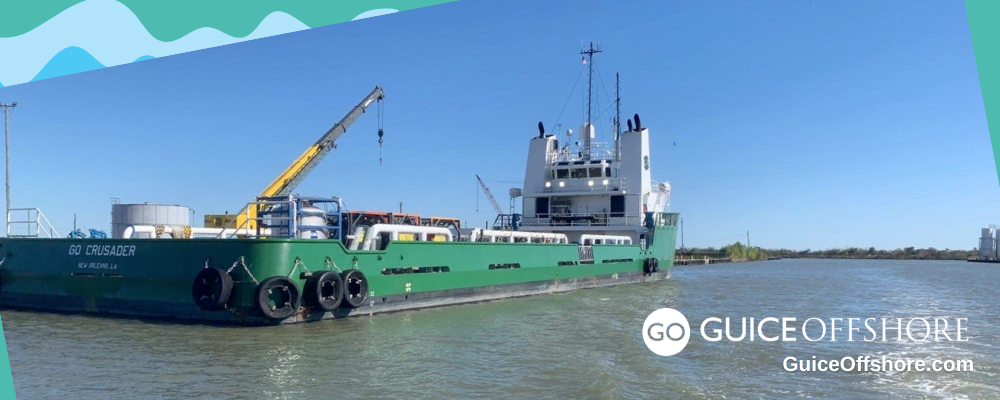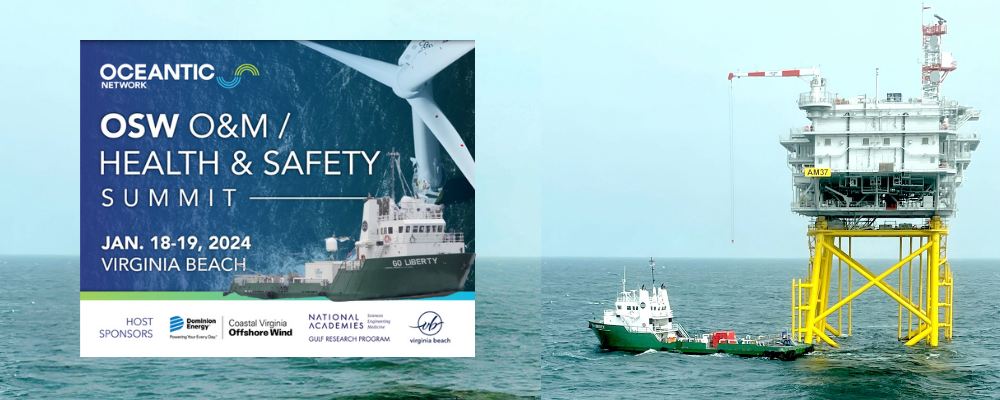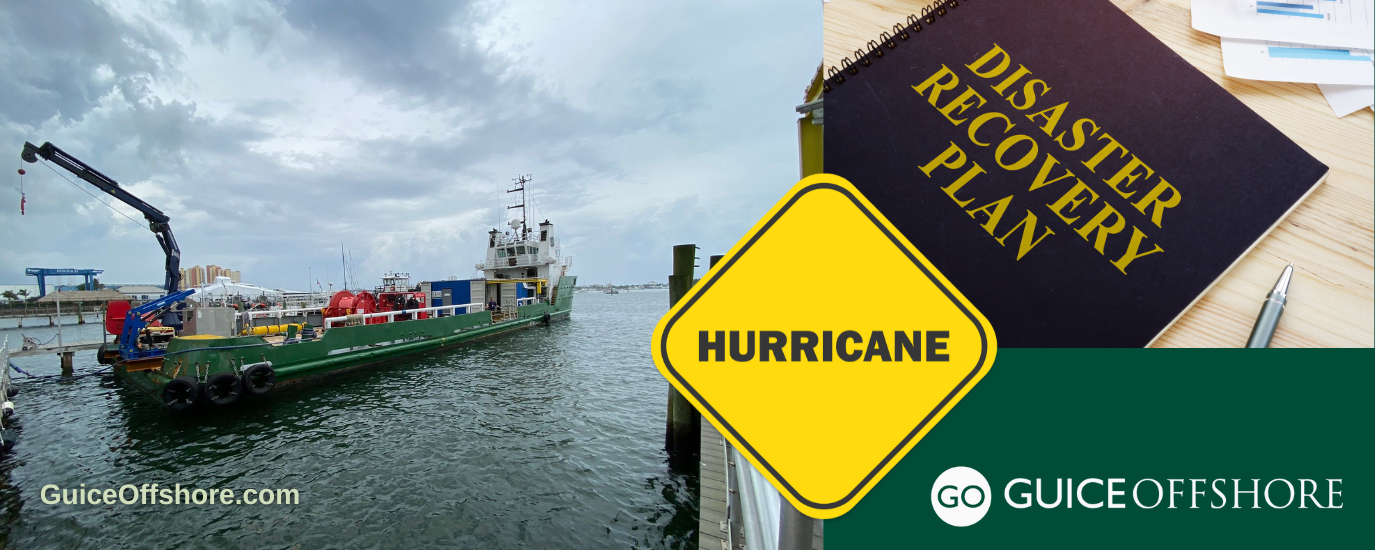The National Maritime Security Advisory Committee (Committee) is scheduled to meet virtually on Tuesday, March 21, 2023 to provide a final report on whether to delay implementation of electronic Transportation Worker Identification Credential (TWIC) card inspection for certain high-risk vessels and facilities regulated under the Maritime Transportation Security Act of 2002 (MTSA).
Written comments on the proposed delay can be submitted to the Coast Guard through March 16, 2023 HERE.
To date, portions of the TWIC electronic card reader program have been delayed several times for different reasons, with this most recent proposed delay following a July 29, 2022 study on implementation options for the TWIC Card reader program’s 2016 iteration. To avoid the 2016 TWIC reader Rule going into effect and creating confusion and conflicts between its original requirements and the potential outcomes of the study, the Coast Guard proposed the delay while it makes an evaluation.
Pursuant to the MTSA and in accordance with the Security and Accountability for Every Port Act of 2006 (SAFE Port Act), electronic inspection of TWIC cards is required inside secure areas on certain vessels and facilities in the United States. In the regulatory implementation that followed however, the Coast Guard determined that all unescorted persons allowed access to secure areas in MTSA-regulated vessels and facilities were required to possess a TWIC card, but did not heretofore mandate that the TWIC card be read with an electronic reader. Instead, the card could be verified by visual inspection alone, without making use of the electronic security features built into the card.
Different versions of that requirement have been in effect since. To read a comprehensive history of the TWIC Card electronic reader program, click HERE.
Now, the Coast Guard now plans to delay implementation of the most recent iteration of the TWIC Card electronic inspection for certain facilities for three years from the original delay expiration date of May 8, 2023 to May 8, 2026 while it studies the report. Meanwhile, facility owners and operators can plan accordingly for the program’s implementation.
Specifically, these facilities would be: (1) facilities that handle Certain Dangerous Cargoes (CDC) in bulk, but do not transfer those cargoes to or from a vessel; (2) facilities that handle CDC in bulk and do transfer those cargoes to or from a vessel; and (3) facilities that receive vessels carrying CDC in bulk, but do not, during that vessel-to-facility interface, transfer those bulk cargoes to or from said vessels.
The Coast Guard had initially divided vessels and facilities into three “risk groups”—Risk Group A for the high-risk vessels and facilities, Risk Group B for medium-risk vessels and facilities, and Risk Group C for low-risk vessels and facilities—electronic inspection was only required for Group A vessels and facilities. The three-group structure was eliminated in 2016, but left the requirement that the high-risk vessels and facilities (still referred to as Risk Group A) conduct electronic TWIC inspection for all personnel seeking unescorted access to secure areas of a vessel or facility.
During its recent two-day January 2023 meeting in Baton Rouge, Louisiana, the National Maritime Security Advisory Committee discussed the most recent TWIC Card electronic inspection delay.
As an advisory body to the U.S. Coast Guard under the oversight of the U.S. Department of Homeland Security, the National Maritime Security Advisory Committee focuses on the enhancement of information sharing among governmental agencies related to maritime cybersecurity risks that may cause a transportation security incident.
About the TWIC® Card and Reader Technology
TWIC®
The Transportation Worker Identification Credential, also known as TWIC®, is a tamper- and counterfeit-resistant biometric smart card credential. The card is aligned with government standards for federal employee, service member, and contractor smart card credentials contained in Federal Information Processing Standards Publication 201-1. While TWIC® complies with most FIPS 201-1 requirements, TWIC® card technology and delivery procedures differ in several ways to meet the issuance and functionality requirements.
TWIC® card technology is designed to work quickly and securely to confirm the eligibility of the individual presenting the card to access secure areas of the nation’s maritime infrastructure and/or to hold a U.S. Coast Guard mariner license. TWIC Readers confirm that: (1) the card is authentic and issued by TSA; (2) the card has not expired; (3) that the card has not been revoked or reported lost or stolen; and (4) through a biometric fingerprint match the person presenting the card is the rightful holder.
TWIC® Readers
TWIC® electronic cards readers are devices that comply with the TWIC® Reader Hardware and Card Application Specification published by TSA. The readers can be fixed or portable. TWIC® card reader technology allows biometric matching using a contactless reader and determines whether a card has been revoked or reported lost or stolen. Many other types of readers can obtain and/or exchange information with a TWIC® card. TSA maintains and publishes a list of TWIC® readers that have been evaluated by independent laboratories for compliance.
For technical questions regarding TWIC® cards and readers please contact TWIC-Technology@tsa.dhs.gov.
About Guice Offshore Vessel and Crew Safety
Headquartered in Madisonville, Louisiana with Operations offices in Lafayette, Louisiana and Cape Canaveral, Florida, Guice Offshore operates a 15-vessel fleet of U.S. Flag offshore vessels that includes Jones Act-compliant mini supply, multi-purpose and platform vessels in the 150-ft, 170-ft and 205-ft class with DP1 and DP2 certifications.
Widely respected in the maritime industry for its excellent safety record and culture, Guice Offshore operates from coast to coast in North America and select international locales.
“What is most important to convey about our safety program at Guice Offshore is our internal commitment of choosing to maintain an attitude of following the safety rules and procedures versus having to follow them,” Guice Offshore Principal Billy Guice said. “When we live a daily workplace culture of caring for our fellow employees and ensuring everyone goes home safely each day, we create a mindset that is intolerant of any level of injury.”
Guice Offshore embodies its safety measures in a company-wide policy called “GO Safely.”
It reads:
GO Safely to an Incident and Injury-Free Culture
- It is about caring for one another and demonstrating that care on a daily basis.
- It is about all workers going home safely every day.
- It is about a mindset intolerant of any level of injury.
- It is about taking responsibility for your own safety and those that work with you and around you.
- It is about being proactive and asking questions such as what is the most dangerous thing that can happen to me on this job/task and how can I mitigate against it?
- It is about an attitude of choosing to follow the safety rules and procedures (versus having to follow them).
- It is about speaking up and expressing your concern when you see something unsafe.



